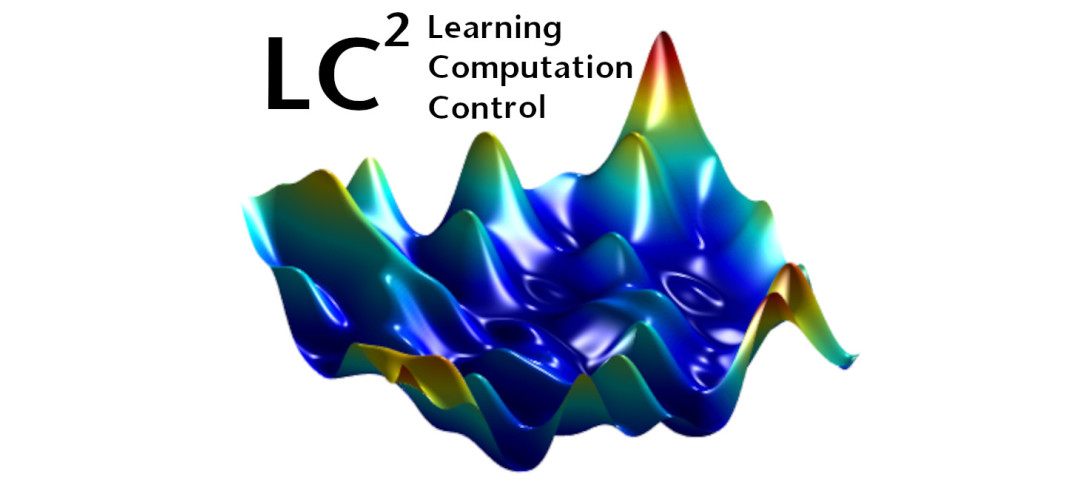
In this talk, I will highlight some of the current challenges in applying SciML in an industrial context.
I will then focus on a specific approach for the generation of physics surrogates based on Graph Neural Networks (GNNs). Building on DeepMind’s MeshGraphNets, I will introduce two new architectures that address the need for increased interactions in the network’s feature space. Specifically, I will describe Edge Augmented GNNs, where virtual edges are added to the original graph, and Multi-GNNS where a multigrid technique is applied to the graph. Both these architectures perform significantly better than the baseline MeshGraphNets when applied to time-independent, elastic and hyperelastic solid mechanics problems. Furthermore, the proposed architectures generalize well to unseen boundary conditions, materials, and computational domains. The treatment of the latter is facilitated by a novel coordinate transformation that enables rotation and translation invariance.